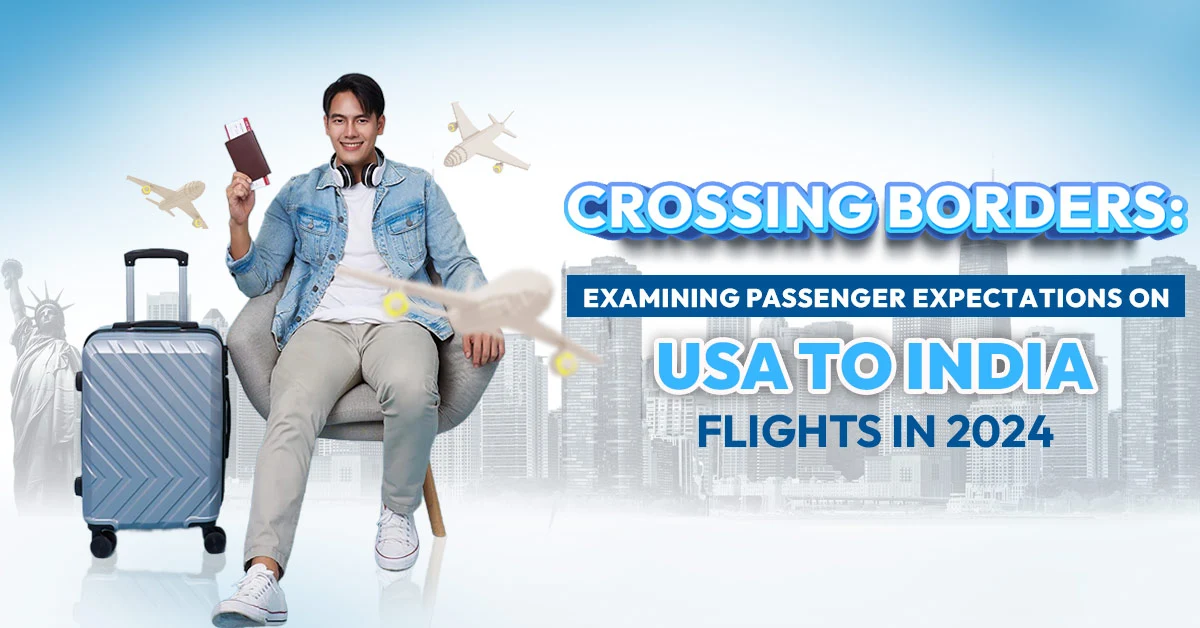
After the World Health Organization discovered a new COVID strain, “Omicron,” the central authority was once again forced to increase screening of inbound international passengers.
While some are saying that the new strain is lethal, the Top US scientist Anthony Fauci said, “The new variant is ‘clearly highly transmissible,’ very likely more so than Delta, the current dominant global strain,it almost certainly is not more severe than Delta,”.
The central government of India established new guidelines for international travelers entering India to help limit the spread of the new strain.
COVID-19 Update on the Journey
According to the most recent government directive, a risk-based strategy has been included in India’s travel guidelines for international visitors.
The Government of India recognized a few countries as “at danger,” and travelers arriving from these countries have been identified as:
- Patients who are found to be HIV positive will be transferred to a medical facility where they will be treated following established guidelines.
- If they test negative, they must quarantine themselves at home for seven days before re-testing on the eighth day.
- The Air Suvidha portal requires a negative RT-PCR report and a self-declaration form from travelers traveling from “at-risk” countries, as well as an obligatory COVID-19 test upon arrival.
- It costs INR 500 and takes 6–8 hours to acquire a result at Delhi Airport. To schedule a COVID-19 test, go to this page. Until the test findings are known, passengers are not allowed to leave the airport or take a connecting aircraft.
- Domestic and cargo operations remain unchanged. And these operations are still going on as usual. The current COVID-19 protocol and Visa should also be checked before continuing a journey.
Travelers from outside the United States must adhere to the SoPs.
- All passengers must fill out a self-declaration form on the Air Suvidha website at least 14 days before their scheduled departure date.
- If you’re flying internationally, you’ll need to upload a COVID-19 RT-PCR report that’s less than 72 hours old.
- Every passenger must sign a statement attesting to the report’s veracity. They could face criminal charges if there is any inconsistency.
- Visitors from “at-risk nations” must be tested upon arrival and are subject to quarantine at home if the results are negative; strict isolation will be carried out at the destination if the results are positive.
- This flight will only take off with passengers who have completed the Self Declaration Form.
- A negative RT-PCR test report has been uploaded, and the form can be found on the Air Suvidha portal. Additionally, the plane will only take passengers who are free of symptoms.
- Passengers coming from countries that have been designated as “at risk” must take extra precautions.
- Passengers traveling from countries considered to be “at risk” must submit a sample upon arrival for an RT-PCR test, an additional cost they must bear. Only the results of their tests will keep them at the airport.
Directives from the federal government
International travelers arriving in India have been divided into two categories by the central government: those from “at-risk” countries and those who are not, and guidelines have been created in accordance with this division.
Which nations have been identified as particularly vulnerable?
The central government has classified all European countries, including the UK, as “at-risk” countries due to a recent rise in COVID-19 cases and reports of the new Omicron virus in South Africa, Botswana, Brazil, China, New Zealand, Zimbabwe, Mauritius, Singapore, Hong Kong, and Israel.
Additionally, the central government is closely watching the spread of the Omicron strain and is anticipated to revise its list of countries classified as “at-risk” if the severity of cases increases in the future.
Passengers from “at-risk” nations are subject to what regulations?
To keep the Omicron variety from spreading further into India, new travel restrictions went into force on December 1, and detailed preventive actions should be taken by anyone traveling internationally.
After a seven-day quarantine period, they will be tested again on the eighth day.
They will be instructed to continue self-monitoring their health for another week if they test negative again.
- Treatment at a separate institution, including contact tracing, is standard if the test results are positive.
- In the meantime, a genome sequencing experiment will be conducted on their COVID-19 test sample. If they test positive for the Omicron form, they will be subjected to a strict isolation and treatment regimen.
- Protocol dictates that those who come into contact with those diagnosed with Ebola should be placed under quarantine at an institution or home.
- Once a negative report is received, travelers can leave the airport or change flights to reach their final destination. He/she doesn’t have to wait for other passengers to tell them what’s going on.
Passengers traveling from nations deemed to be “not-at-risk” must follow specific guidelines.
Flights from countries considered “at-risk” will also necessitate submitting 14 days of travel history and uploading Covid test results on the Air Suvidha webpage. The new rules for air travel will take effect on the first day of next year, on December 1st.
- Passengers traveling from nations deemed to be “not-at-risk” will have a random sample of 2% of their total number of passengers gathered.
- Passengers who are randomly sampled may be allowed to leave after providing a sample.
- State/UT officials and airports will work together to choose passengers for random sampling.
- Passengers from non-at-risk countries may be excluded from post-arrival testing if they are transiting through an at-risk nation.
How long will passengers have to wait for their COVID-19 tests at airports?
There are currently two COVID-19 tests available at all international airports in India, one of which costs an average of roughly Rs 4,000, and the other costs Rs 500–900.
What ‘at-risk’ country passengers can expect
- To finish testing procedures, all travelers traveling from “at-risk” nations will have to wait more than three to four hours on average at airports.
- It takes roughly two hours for the results of the Rapid-PCR test offered at airports to arrive, but the RT-PCR results take about five to six hours.
- Without receiving their test results, passengers will not exit the airport.
Passengers from nations deemed “not at risk”:
As long as people flying into the country from “not-at-risk” countries aren’t selected for “random testing,” they will be permitted to depart the airport before their results are released.
State-specific laws
State and federal officials will meet on December 2 to develop common standards for international travelers’ arrivals.
Conclusion
All travelers arriving in India from one of these countries will be subject to an RT-PCR test. Before departing or changing flights, these passengers will have to wait for the test results to be released at the airport where they arrived.













